
Ridgeline subscribers —
Hello from Kuwana, a post-town along the Tōkaidō where I’m about to hop on a boat and sail across the Nagoya Bay as part of this little tour. But I’m writing these words from a kissa called Saboten (Cactus). A place that’s been around for fifty-seven years (!!!). It’s a bit grimy. A bit worn in. (What isn’t after fifty-seven years?) But it’s all Shōwa, and I’m choosing this place over a Tully’s just down the road for a few reasons, and it’s in these reasons that kissas have value, the loss of which is pretty unfortunate.
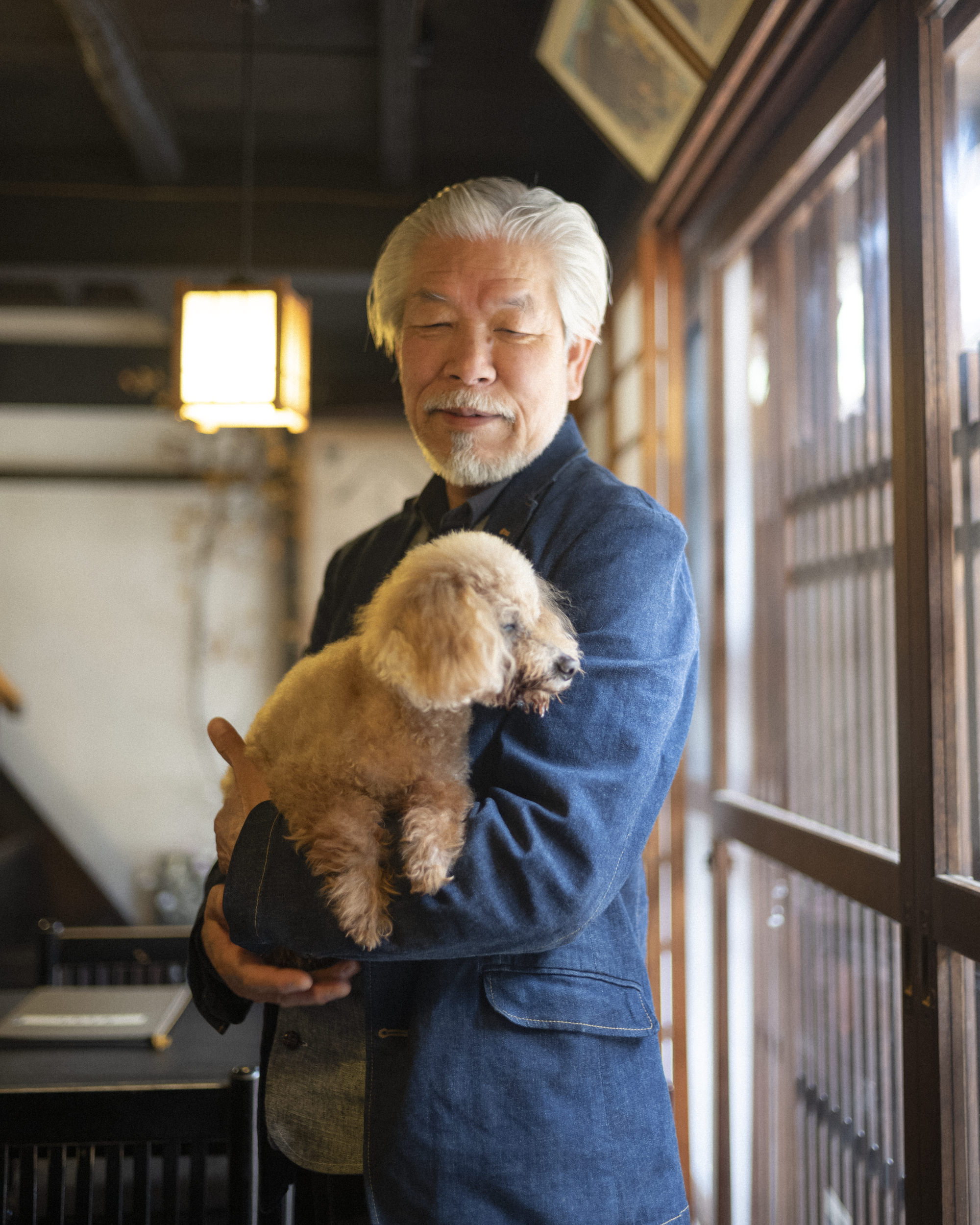
Fundamentally, kissas are indie sole-proprietor shops, and so the most obvious points of distinction are found in thinking about chain cafés. Chain cafés are “easy” and “reliable” but they come with considerable deficits. Workers rarely last long. The shops themselves may shift, disappear and reappear at will without sense or thought for customers or neighborhoods. Even chain shops that once had the hint of an indie ethos, the hint of play — they, too, fall to the gods of homogenization, of globalized cultural malaise: Beautiful, insane murals become “DELICIOUS BURGER.” Customers and staff are rows in a spreadsheet. There are no “lifers” at a Starbucks 1 and there is little to no opportunity to develop “relationships” with the shops or the people behind (or inside) the shops. Some may become “community hubs” but only by dint of the poor customers having no other options (“poor” often both literally and figuratively). It’s like only eating American cheese on Saltines because you don’t have access to proper cheese, aged cheese, complex funky-ass cheese, the “real” stuff (and hell, you don’t even know what the real stuff tastes like, can’t imagine it). This — not even knowing what has been lost — is perhaps the saddest condition of contemporary big-boxification of the world. Chain drug stores, chain supermarkets, chain fast-fashion outlets, chain coffee shops, chain diners — all of these gut the possibility for depth of relationship on both sides: for customers and owners alike.
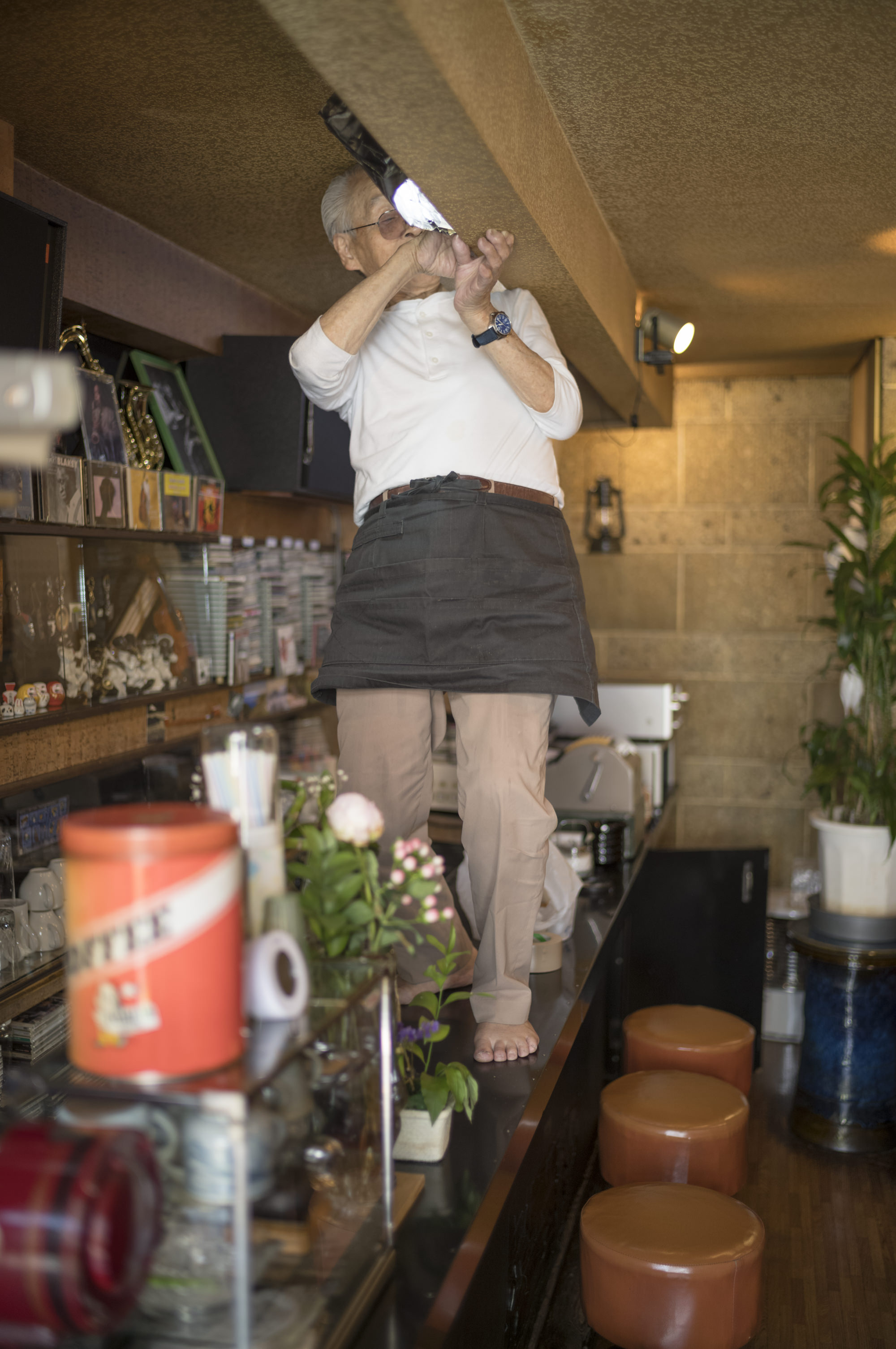
Indie shops aren’t perfect, and you have to deal with terrible “Comic Book Guy” attitudes sometimes, but the possibility for a long-term relationship — and the attendant joys and humanity found therein — is far greater than at any chain shop.
Saboten has been around for almost six decades. You could have watched a man stand on the moon from Saboten. Seen Dylan go electric. Cheer for Roe v. Wade (and boo for its reversal some fifty years later). Boo more as Reagan got elected. Read about the AIDS crisis in the US. Seen Rancid’s And Out Come the Wolves get released. Quentin Tarantino would have gone from VHS clerk to Academy Award winner. And the rise and fall of Ye happened. All the while, these little old ladies (they are truly little and old) have been laughing and serving their black coffee at Saboten the whole damn time. A place like this you can come to once a year, twice a year, maybe on business trips, maybe on other trips, and you have something to measure against the passage of time. These people, this place: a constant. Which is welcome in a world increasingly deprived of constants.
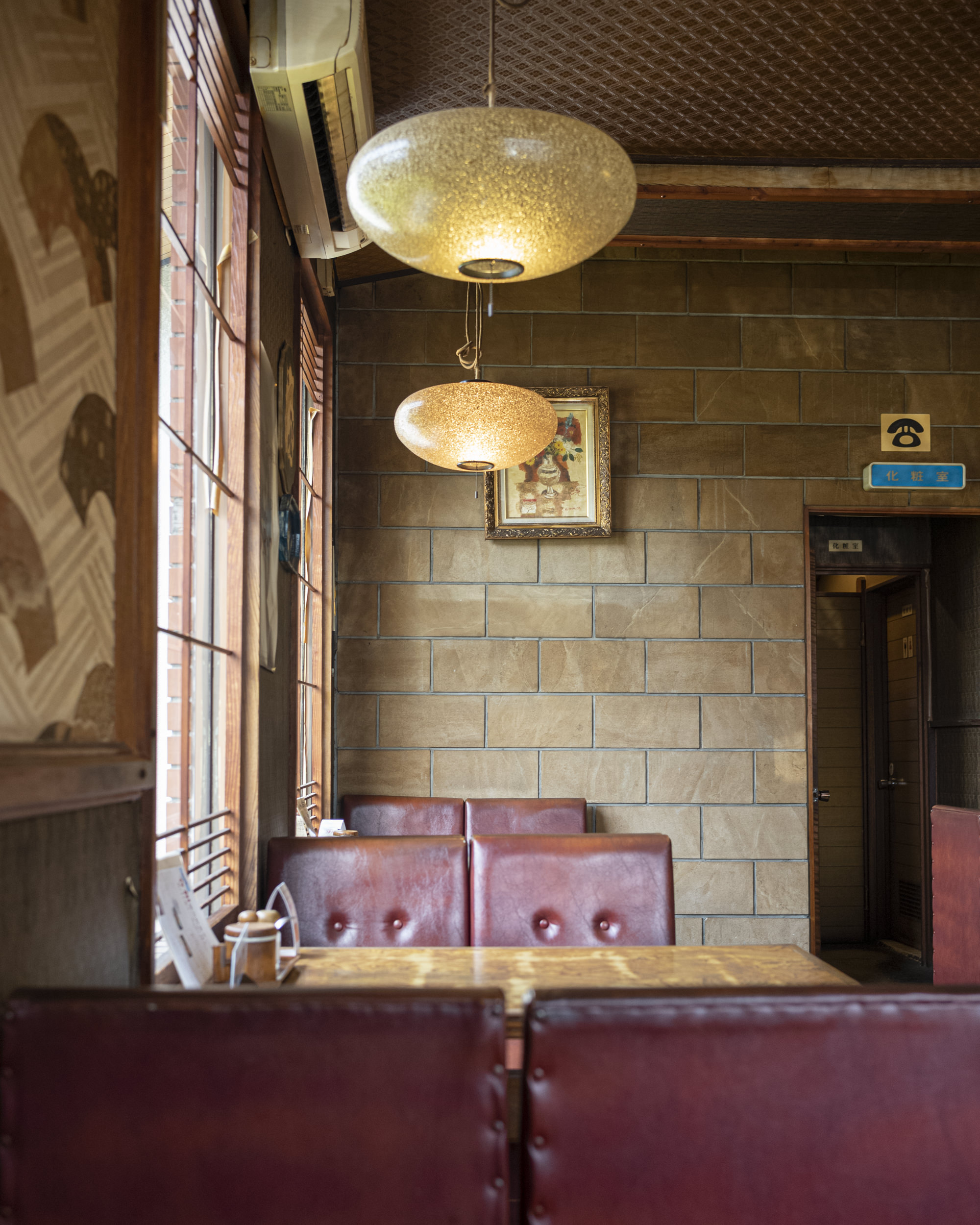
I think this (measurement of time, sense of time, rigidity, tangibility) is part of the reason you have younger folks (Gen Z in particular) gravitate towards stuff that Gen Xers had long since moved on from: cassettes, vinyl, typewriters, film cameras. One thing these objects are share in common (aside from being onerous and fiddly): the opportunity for a relationship to develop. You blow through a new phone every few years. You get a new computer every few years. Streaming music is the quickest way to never “understand” it. There is no opportunity for the “patina of experience” to accrue. In Benjamin speak, contemporary, “digital” objects contain no “aura,” cannot, by definition, develop an aura. So you buy records. You shoot film. And so too, comes an interest in “retro cafés” — these places are nothing if not aura (for better and worse), if not a telescope into the deep space of a town.
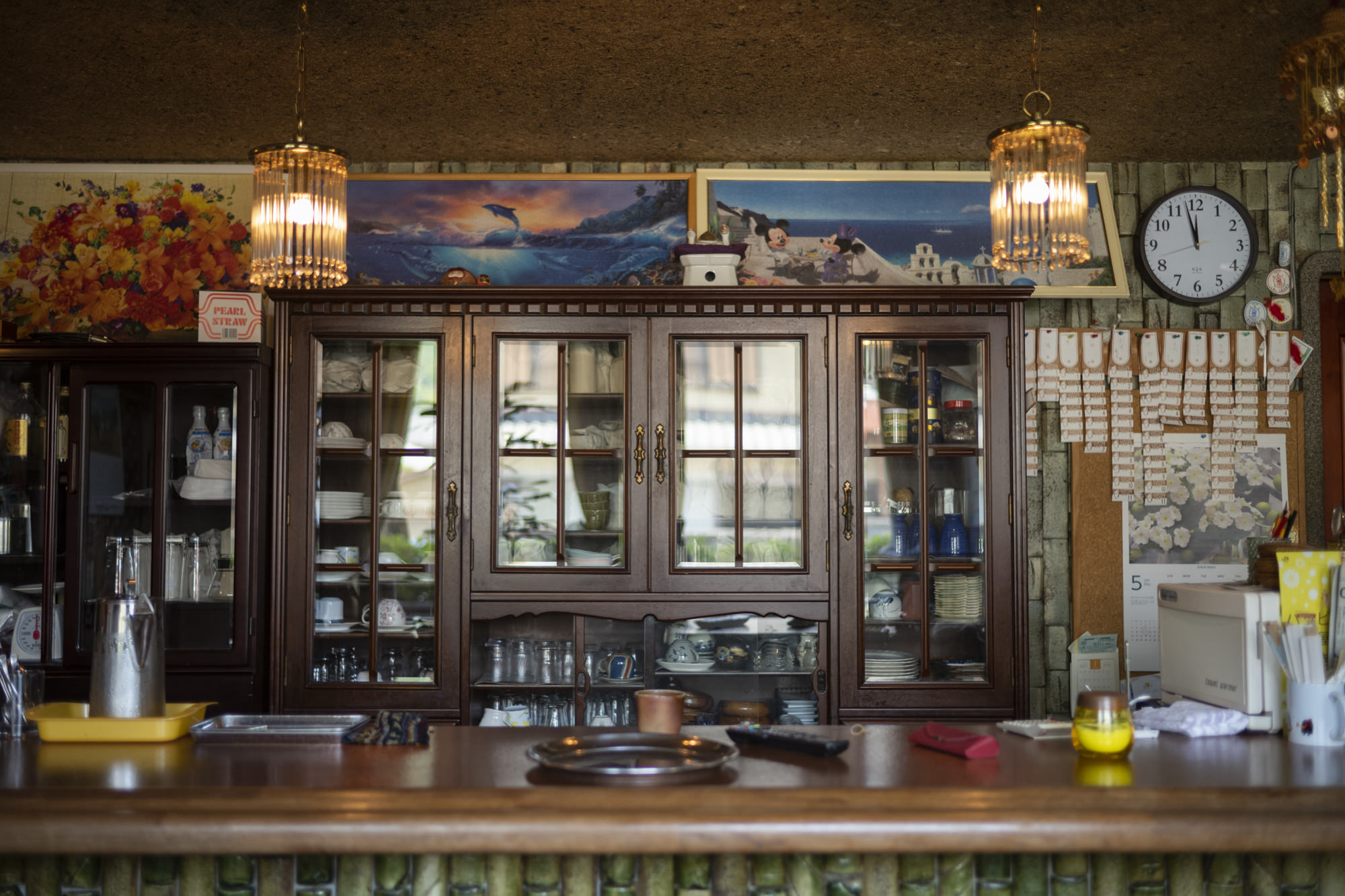
Shōwa-era kissas all kind of look the “same,” and so you could argue they are as “pre-fabricated” as contemporary cafés, indie or otherwise. But the big difference is that the catalog of options forty years ago was far more “humane” — natural materials, very little “plastics” (though plastic is present in their Linoleum flooring and Formica tables), lots of dark wood and fabrics, tile, tin, plaster, warm lighting, weird lampshades, low-fidelity radio, “clutter,” the sense of life being lived and a space being used. Contrast with so many third-wave cafés — all glass and concrete, blonde wood, chairs designed to encourage a person to leave after twenty-minutes, not sit back with a newspaper for an hour.
Also, it’s worth mentioning acoustics — mid-century interiors are far preferred places to chat. Thanks to the copious fabrics, angles, and clutter, there’s little to no echo. Lion, in Shibuya, is a superior place to listen to classical music because of the room’s softness. Whereas your average Blue Bottle is basically a racquetball court that sells coffee.
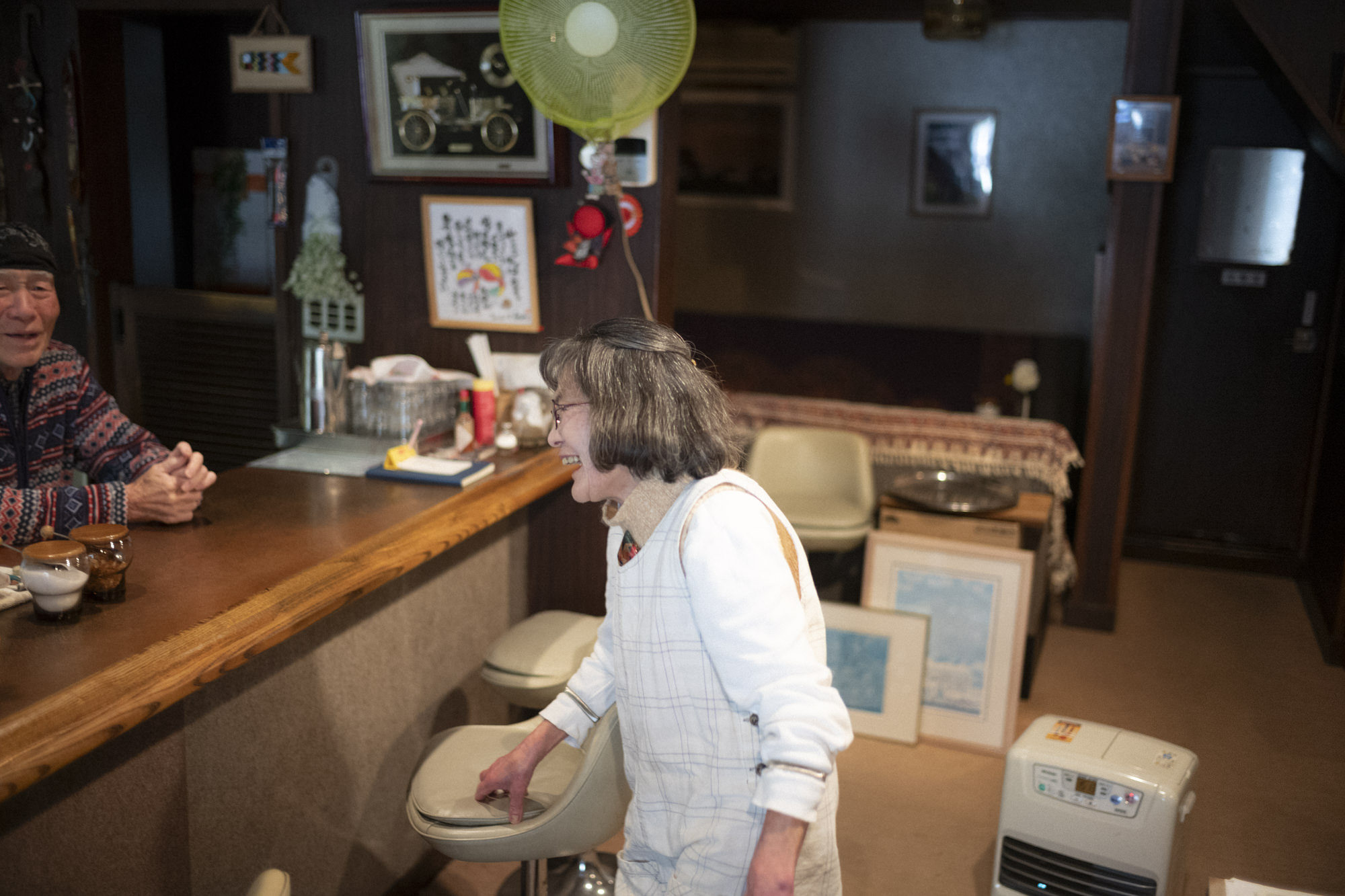
It’s these dumb details in aggregate that make a kissa special. Mix it with the right kind of quirky proprietor — that sense of a life dedicated to creating a wholesome and useful community space — and you can see why we lament the loss of these things. Is the coffee good? Sometimes. Is the food? Eh, the scale is extremely variable. But the fundamentals of what these places stand for, and the ability to cultivate and nurture a long-term relationship, is where most of their special power comes from. You can see why a twenty-five-year-old might fetishize such a space. Most of contemporary life is bereft these spaces. Just look to the developments around Shibuya Station for a masterclass in killing vibes: A constellation of ostensibly “beautiful” glass buildings that inspire nothing and no one, filled with light but also shops that churn through staff, that sell junk produced a million miles away under suspicious conditions to extremely specific, boring demographics, with no warmth or even the slightest feign of establishing true community. Meanwhile, in a few alleys a few blocks off from those new buildings, a few old kissa remain, tiny bastions, evidence of a human hand.

So I’m here in Saboten, sipping some OK black coffee, drinking a “lemon squash,” eating some buttered toast, smoking a single cigarette, typing these words, knowing that if I had come here twenty years ago it would have been sort of like it was today. Maybe even with some of the same folks chatting with the owners I’m seeing today.
Shōwa is a weird era — spanning war terrors to cute cafés — but the defining characteristic of so many of these beloved Shōwa spaces is simply that they are human. Undeniably human. Sadly, that’s a contemporary rarity: Pillars around which relationships can be formed over the course of a lifetime. Constants against which to measure time. I think often what a contemporary version of a kissa might look like, and think that maybe this younger generation will be the ones to really kick it off.
C
Noted
-
OK — sometimes there might be, but they’re rare. I went to a Starbucks in Takadanobaba (still there) when I was a student (24 years ago) and … there is one worker still working! And she remembers me! But … this is certainly exceptional. ↩︎
